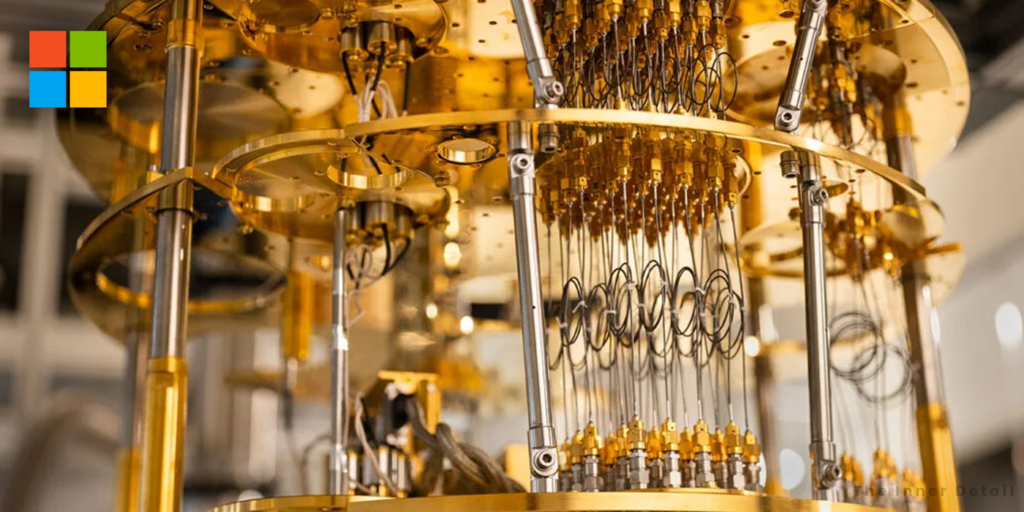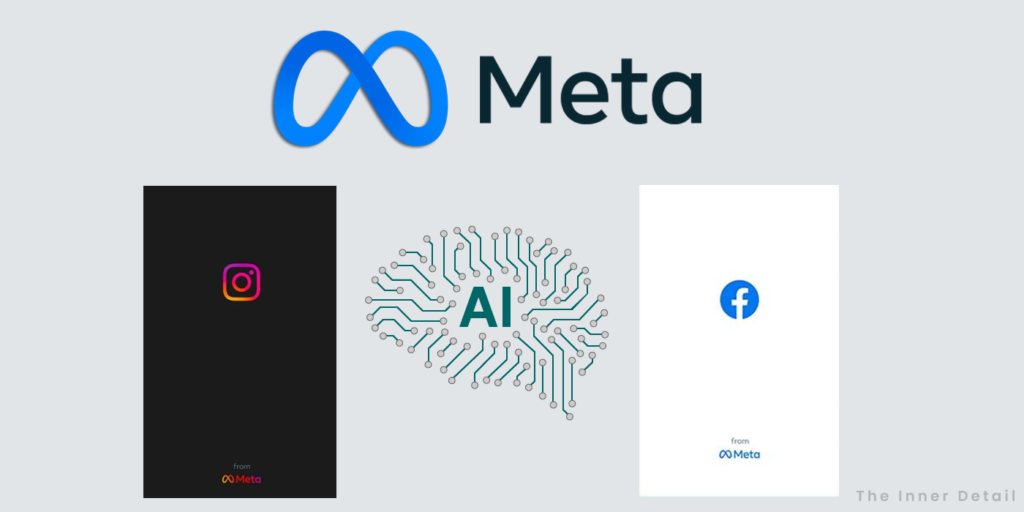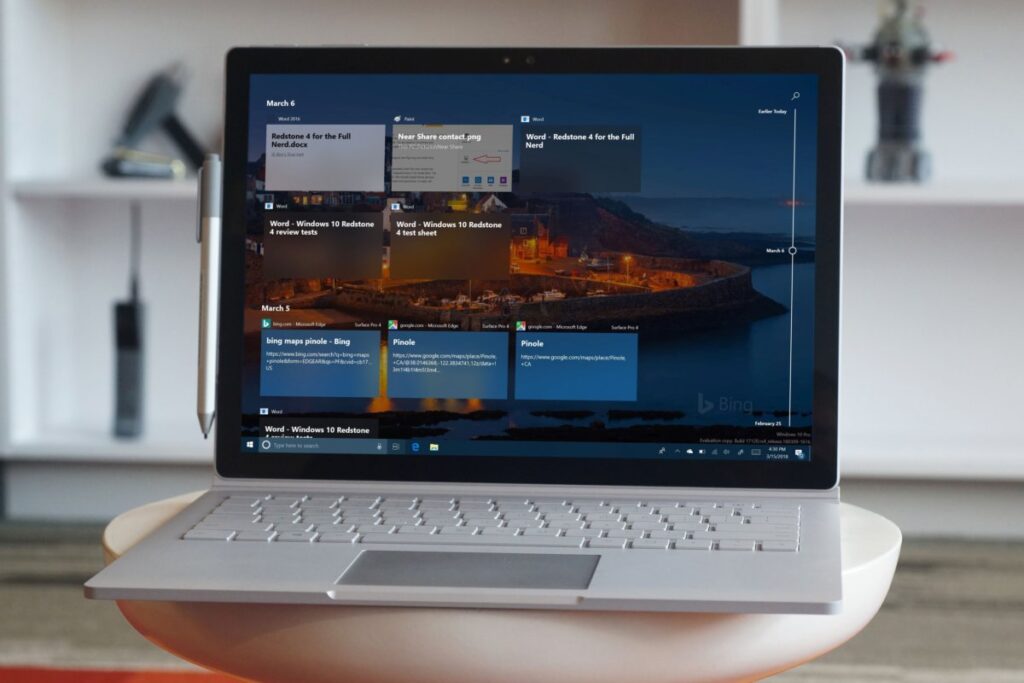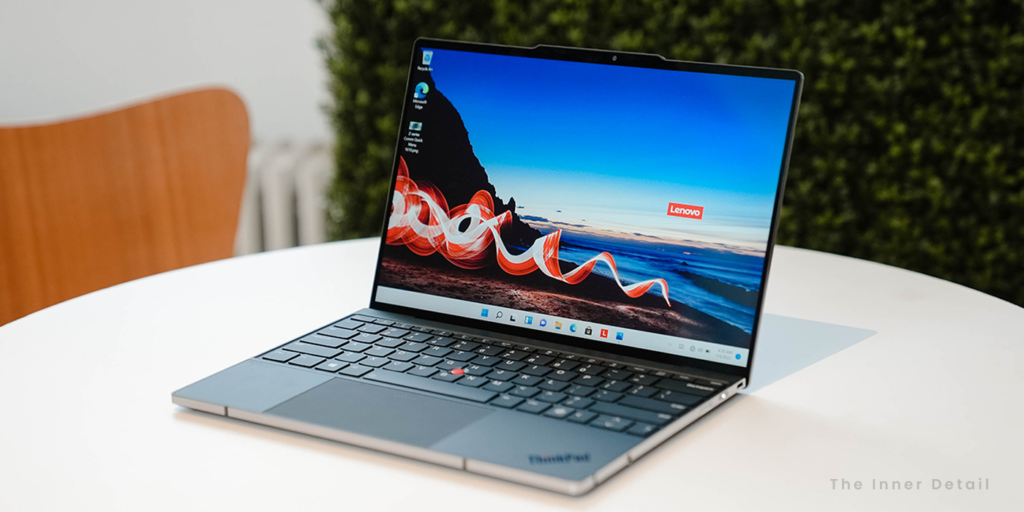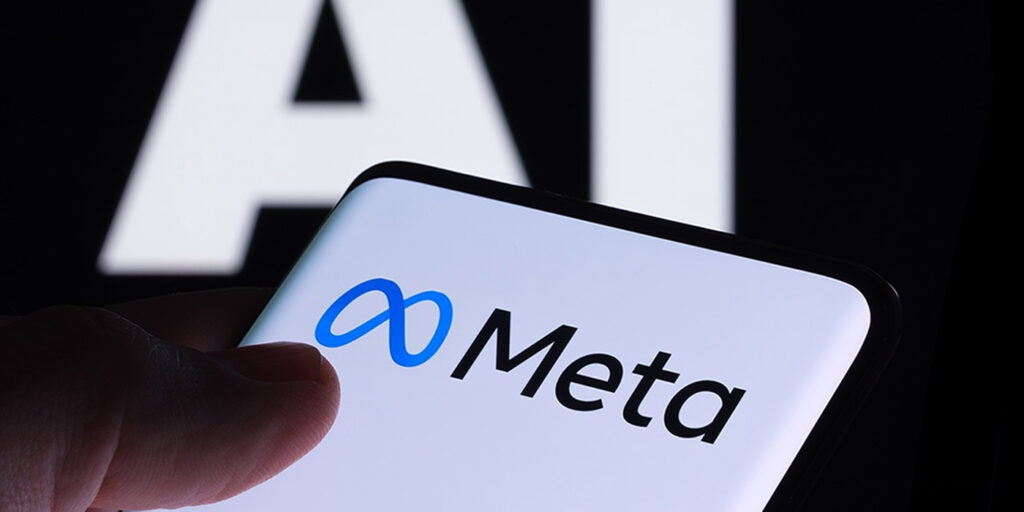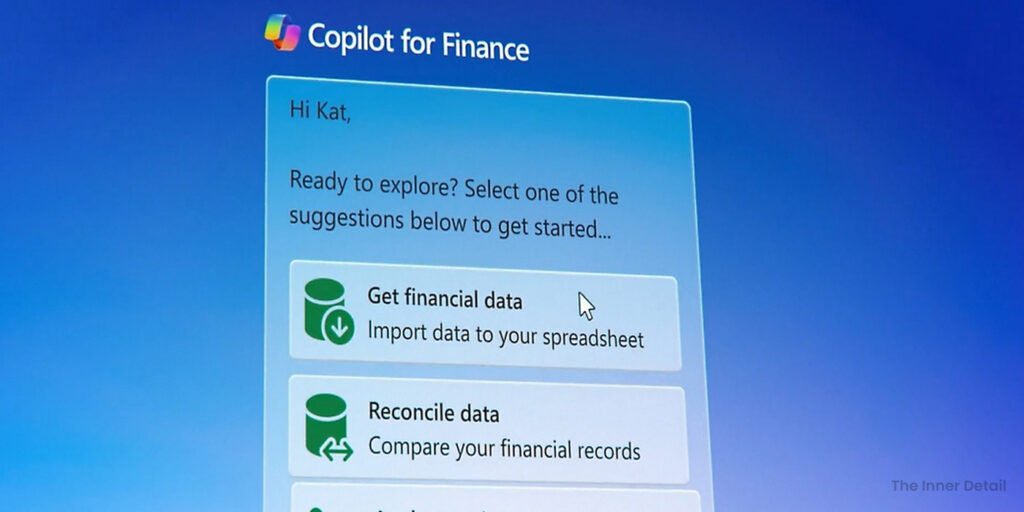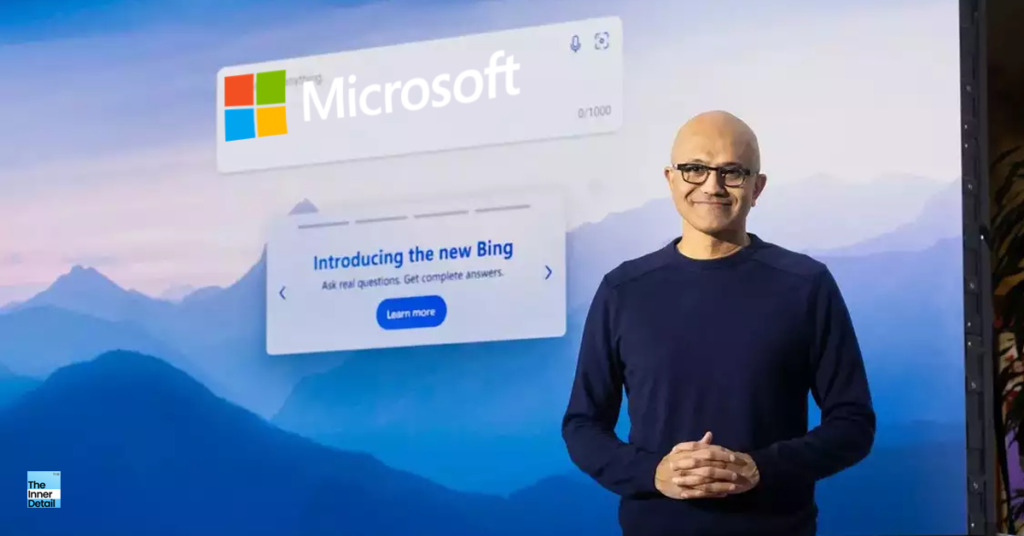Microsoft is building a Quantum Supercomputer, which the company expects within 10 years, after announcing roadmap to build the impossible.
Quantum supercomputers will be exceptionally groundbreaking if brought into existence, but the real catch lies in building them efficiently and reasonably. Big techs like Google, IBM and Microsoft have been in works for years to unlock the potential of quantum computing, but the destination is still miles away. The hurdles and perplexities of making real a quantum supercomputer, notably the quantum errors, holds the progress stagnant.
However, Microsoft anticipates to build a fully functional reliable Quantum Supercomputer within next 10 years, and also shows roadmap for the journey.
Microsoft Roadmap to a Quantum Supercomputer
In motive to bring quantum supercomputers to reality, Microsoft foresees the steps to be crossed for that and deadlines the project, at least within the next 10 years. Microsoft unveils the roadmap for quantum computers, and it says that the firm will follow a similar path as classical supercomputers did in 20th century – from vacuum tubes to transistors to integrated circuits.
The roadmap goes like this:
- Create and Control Majoranas
- Engineering Hardware-protected Qubit
- High-quality hardware-protected qubits
- Multi-qubit system
- Resilient Quantum System
- Quantum Supercomputer
Microsoft indeed defines the roadmap in terms of computing levels as
- Foundational – Noisy physical qubits
- Resilient – Reliable logical qubits with error-correction capabilities
- Scale – Fully implementable Quantum computers that can solve real-world problem in large scale, that no other system could possibly do.


Continue reading to get a deep insight of what the roadmap means.
Microsoft’s Quantum Supercomputer
Initial stage – Creating & controlling qubits
Tech Companies surmise quantum supercomputers as future computing, accounting to its inherent potentials and the next race of tech will be in achieving this feat. Microsoft involved in the works for building quantum computers with topological qubits several years ago, which is different in approach than IBM and Google. Microsoft attempted to encode qubits in a kind of a quasiparticle called non-abelian anyons, and exploited their topological properties to build a computing called topological quantum computing (s).
On other hand, IBM and Google uses loops of superconducting wire, to make quantum bits (qubits), the building blocks of quantum computer (as bits are for classical computer).
The topological qubits of Microsoft is based on Majorana zero modes – the mathematical construction that describes electrons theoretically as being composed of two halves. Majorana based qubits are stable but extremely difficult to create. Microsoft bet on this type of qubits last year, that enabled the firm to now create noisy intermediate-scale quantum machines.
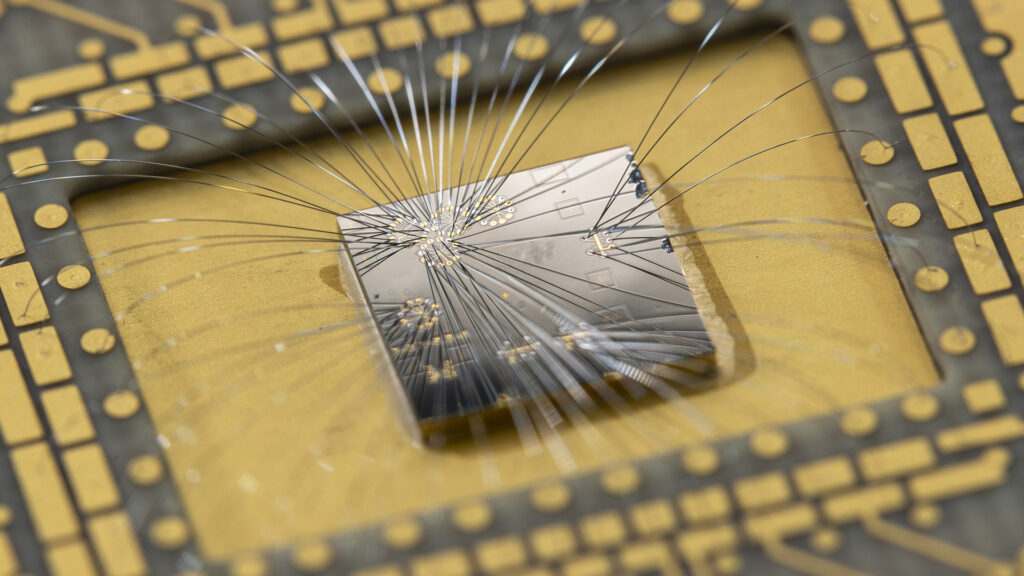
What are Noisy intermediate-scale Quantum machines?
The ability of a system to create and control qubits is the foremost step towards creating a quantum supercomputer. While this might sound simple, there are several obstacles preventing it. Microsoft had now reached this stage, being able to create and control Majorana quasiparticles, which are nothing but its qubits.
They call it noisy intermediate-scale quantum machines because quantum bits are prone to immense errors that might even make the system absurd, just like AI making up its own content out of nowhere. Noisy quantum machines are not reliable in practical applications, but is just a step forward in designing a quantum computer. And the next move for Microsoft is engineering a new hardware-protected qubit for reaching the following resilient level, says its VP of advanced Quantum development, Krysta Svore.
Resilient Level
Resilient level is a transition of noisy physical qubits to reliable logical qubits, ultimately to tone down the quantum errors completely. For this process, hundreds to thousands of physical qubits will be combined into a single ‘logical qubit’, eradicating the errors possibly and making it stable. Logical qubits are still fallible, but at least it shouldn’t be making errors during the computational process. The longer the logical qubit is stable, the more complex an application it can run.
Stabilizing the logical qubit requires either increasing the number of physical qubits per logical qubit or make the physical qubits more stable or even both. By doing so, the performance of logical qubits can reach the resilient level, which are in turn measured by their reliability, or logical qubit error rates.
Google had announced early this year that their quantum supercomputer is now a step closer towards the resilient level, as they were able to pull of logical qubits that are error-proof.
Scaling
The ultimate step for making quantum computers real is scaling them. Scaling is nothing but engineering a programmable quantum supercomputer, able to solve problems that are intractable on a classical computer. To measure the power of a quantum supercomputer’s performance, Microsoft creates a metric called reliable Quantum Operations Per Second (rQOPS). This measures how many reliable quantum operations can be executed in one second of computing.
It considers the full system performance, as opposed to just qubit performance, so there is an assurance that an algorithm will run correctly, says Chetan Nayak, Corporate Vice President of Quantum Hardware, Microsoft.
The metric reads of currently existing noisy quantum machines are zero rQOPS value. The first quantum supercomputer will need at least 1 million reliable quantum operations per second and will scale to more than 1 billion / second to solve impactful real-world science problems.
Microsoft vs Google
The two firms that’s always in race in acquiring the search-engine has now found a new track to race again – quantum computing, it seems. Both the firms are striving to build quantum supercomputers and their progress is quite competing to one another, although Google getting a small step ahead.
Google revealed on February of 2023, that it has crossed one of the complex barriers of quantum computing – quantum error correction. In a blog post by its CEO Sundar Pichai, he explained about how logical qubits might hold the capability to make quantum computers error-proof and why that matters.
The CEO also claimed that Google is the first company in the world to achieve so, and lauds the Google team for making that possible.
Applications of Quantum Computers
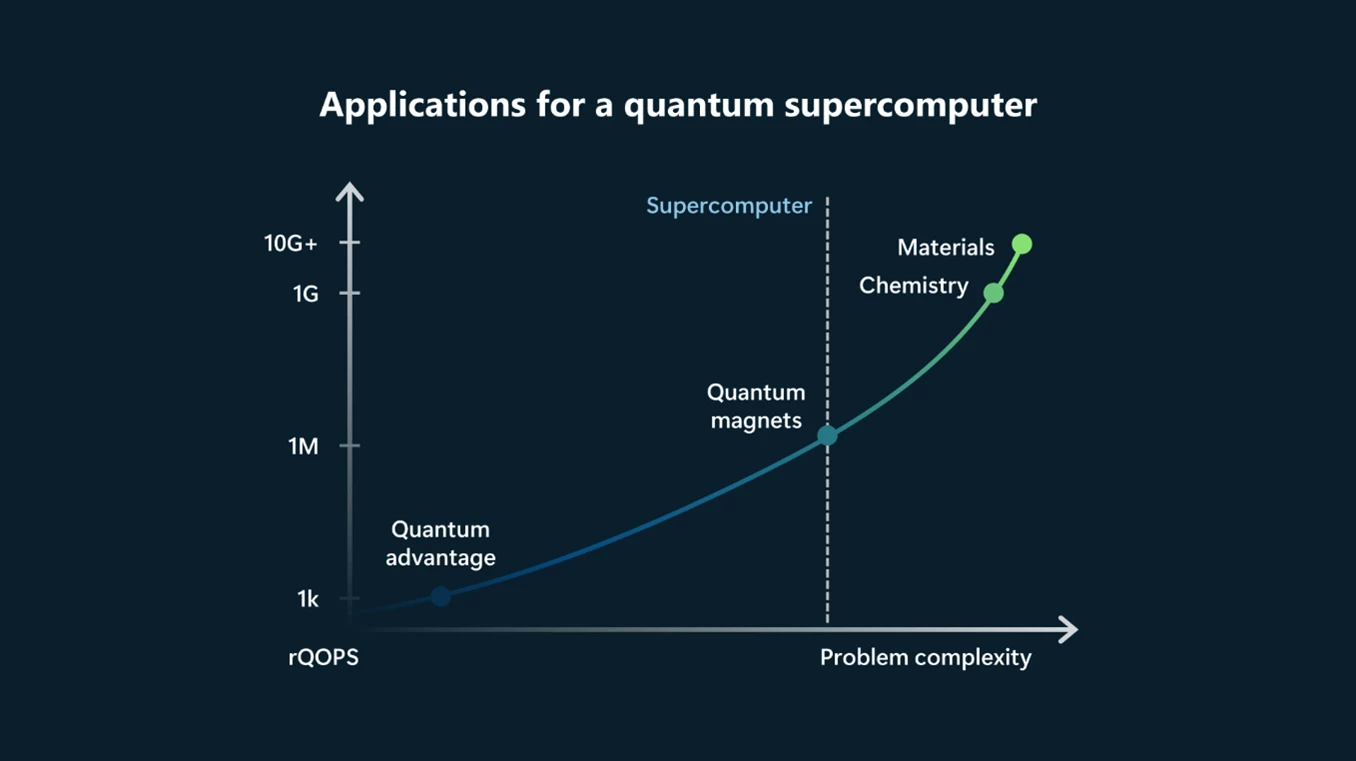
To write it up, may seem simple or not the ‘impossible’, but it might take years to achieve quantum computers. If Microsoft or any other firm successfully brings alive quantum computers, world will see a revolutionary computing level, that will be much larger than what generative-AI had done to this world even. For instance, there will be ever-powerful batteries for the EVs in transportation, chemicals and drugs will be more efficient in curing diseases and we will be able to incorporate the right material or compound for every product we use, to make them enduring for life.
And overall, we might crack the code of nature, and be able to predict adverse climate changes, or any natural calamities much in advance. Anyways it’s a long-road though, to spice it up now. But it’s really gonna be worthy if unleashed, hopefully for good.
Hope you find the page useful!
(For more such interesting informational, technology and innovation stuffs, keep reading The Inner Detail).
Kindly add ‘The Inner Detail’ to your Google News Feed by following us!
